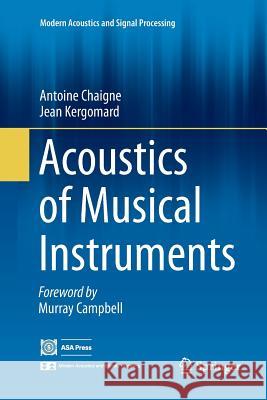Acoustics of Musical Instruments » książka
topmenu
Acoustics of Musical Instruments
ISBN-13: 9781493981151 / Angielski / Miękka / 2018 / 844 str.
Kategorie BISAC:
Wydawca:
Springer
Seria wydawnicza:
Język:
Angielski
ISBN-13:
9781493981151
Rok wydania:
2018
Wydanie:
Softcover Repri
Ilość stron:
844
Waga:
1.19 kg
Wymiary:
23.39 x 15.6 x 4.39
Oprawa:
Miękka
Wolumenów:
01
Dodatkowe informacje:
Glosariusz/słownik
Wydanie ilustrowane
Wydanie ilustrowane











